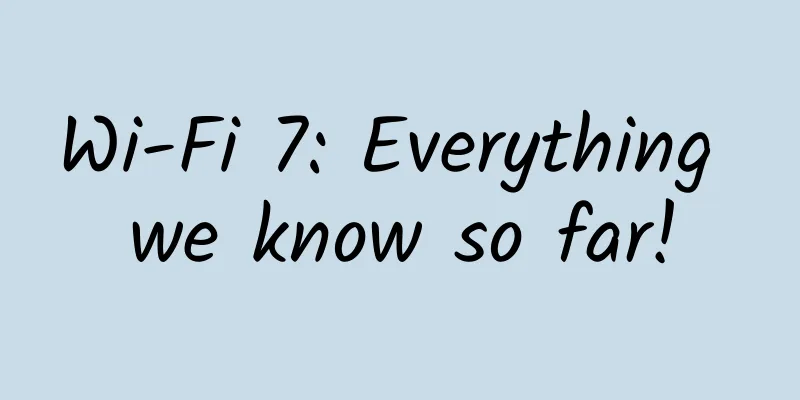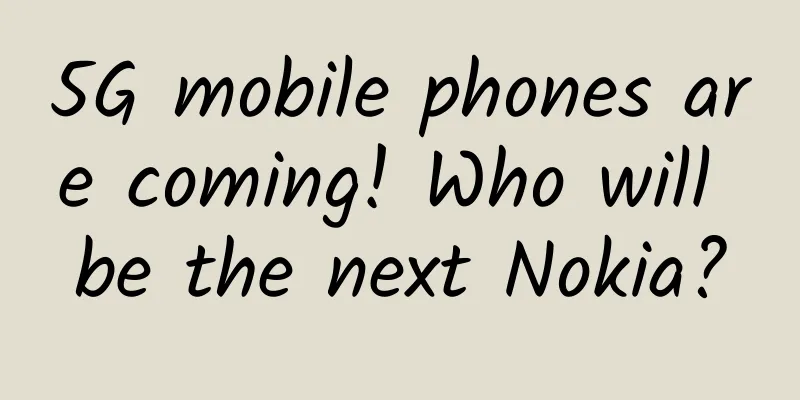5G and IoT: The mobile broadband future of IoT

|
5G is the fifth generation of mobile, cellular technology, networks and solutions. It heralds a major change in the mobile sector, and although it is not just "built" for the Internet of Things (IoT), it is also shown as a major driver of the Internet of Things, Industrial Internet of Things and Industry 4.0. This article will briefly explain the role of 5G in the Internet of Things and its impact on mobility in the evolving connected business. As we pursue smart factories, vehicles, buildings, cities and industrial applications that are more automated and make autonomous decisions, the massive amounts of data generated need to be analyzed and collected. This is why edge computing, advanced analytics and artificial intelligence have become so important in the Internet of Things, and why edge computing is undoubtedly one of the top choices for the "evolution of the Internet of Things". However, in order to achieve a highly connected environment, the IoT needs to be utilized in real time and on a large scale, and there are many changes in the IoT application environment. Ultimately, many of our current network technologies are not really suitable for future needs, and even today, we often need to combine fixed and wireless network technologies to implement large-scale IoT projects. 5G and the Industrial Internet of Things 5G is not only for the Industrial Internet of Things, but will extend far beyond that, it will dramatically change mobility as we know it today. Nevertheless, from an IoT perspective, the main support for the development of 5G is mostly provided by companies and organizations that want to promote industrial transformation, the Industrial Internet or Industry 4.0. As enhanced mobile broadband, 5G is designed to enable massive IoT, providing network capacity and performance for numerous IoT applications in the most diverse environments. From connected vehicles and other mobile objects to massive machine communications, remote surgery, and the connection of billions of IoT devices, all thanks to a wireless network that enables them to achieve all functions. The future of 5G and IoT 5G is an extension of LTE and all LTE-Advanced networks, but at the same time it has a completely new network architecture and is likely to be ubiquitous in 10-20 years, far beyond IoT. Although 5G has not yet been widely adopted, IoT communications have become the main use case for 5G. Among the three major application scenarios defined by 5G, mMTC (massive machine type communication) is aimed at the application of large-scale Internet of Things services, so 5G can also provide Internet of Things access services, and 5G has obvious advantages in wide coverage, large connections and security performance. GSMA sees 5G as the centre of a heterogeneous network environment, alongside other connectivity solutions such as LPWA. The goal of the 5G era is to connect everything, connect everything, send a lot of data through the Internet of Things and consumer applications, and 5G technology can also play a good role deep inside buildings. In addition, more research shows that 5G's role in promoting the Internet of Things is far beyond expectations. According to information from the China Industry Information Network, the IoT market size is expected to reach US$476 billion in 2020, with a compound annual growth rate of approximately 62%; the size of China's IoT market was approximately US$25 billion in 2015, and is expected to reach US$233.3 billion by 2020, with a compound annual growth rate of 75%. 5G in Existing Wireless IoT Network Solutions 5G is a cellular (like 2G, 3G, 4G, LTE-Cat M and NB-IoT) wireless wide area network standard. We have all heard of 2G, 3G, and 4G, but we may be unfamiliar with LTE-Cat M and NB-IoT. CAT-NB1/NB-IoT focuses on extremely low data rates and can use 2G, 3G, and 4G spectrum. It is a cellular LPWA technology like LTE Cat-M1, while non-cellular LPWA networks include LoRa (WAN), Sigfox, etc. In Industrial IoT, LPWA is the fastest growing, especially in new IoT connections (even if the majority are still fixed-line). 5G is expected to reach speeds of 20 Gbps (gigabits per second) or more. Not only can 5G transmit more data at a faster data rate than 4G LTE, but it can also support a large number of devices at a connection density of about 500 at the same time within a specific range, which is twice that of 4G. Of course, we are far from the point where all IoT applications require 5G or NB-IoT. As the 5G race between operators intensifies, we will see large-scale IoT applications in the future. |
<<: Can you tell me about Zookeeper's ZAB protocol? Sorry, I have a stomachache!
>>: "Edge computing" has become the core keyword of 5G
Recommend
Maxthon Hosting: Los Angeles data center connected to AS9929 line, 20% discount, monthly payment starting from 38 yuan
Aoyou Host is a long-established foreign VPS host...
If you still don’t understand HTTPS after reading this article, come to me!
As an aspiring programmer, it is necessary to und...
Software-based routing is eating into the traditional branch router market
As more and more enterprises begin to realize the...
Huawei China ICT Ecosystem Tour 2018 Series of Activities Invite You to Win the "Ecological Era" Together
[51CTO.com original article] In March this year, ...
Huawei releases new 5G products to support Chinese operators in building better 5G networks
[China, March 9, 2020] Today, Huawei held an onli...
The latest report on the value of the French 5G market: 100% 5G network is expected to be achieved by 2030
According to foreign media reports, in December 2...
Build an HTTP experimental environment by yourself
[[326829]] This is the last lecture of the "...
Within 60 days, a computer room caught fire and the four major cloud giants went offline. How can operations and maintenance avoid downtime?
The day before yesterday morning, Tencent's c...
Mao Qian: Gigabit broadband has a long way to go, and 10G broadband is about to emerge
At the "Gigabit Optical Access Technology De...
TNAHosting: 12GB RAM and large hard disk OpenVZ monthly payment starts at $5, KVM annual payment starts at $15
TNAHosting is a foreign hosting company establish...
The US Department of Defense invested $600 million to militarize 5G, completely subverting the concept of war
The U.S. Department of Defense announced that it ...
5G+Industrial Internet, making manufacturing "smart" is no longer a dream
Exploring new paths for industrial development [[...
OneTechCloud: 20% off all VPS hosting, starting from 25 yuan/month, Hong Kong CN2&CMI/US CN2 GIA&9929 dual ISP optional
OneTechCloud was founded in 2019 and mainly provi...
5G, IoT, edge and cloud: a winning combination
The number of 5G connections is expected to grow ...
The 5G Revolution: Unveiling the Future of Healthcare
Evan Kirstel, Chief Digital Evangelist and Co-Fou...









